How tech can promote diversity in the workplace
From screen readers to no-touch keyboards, assistive technology has a lot to offer both in and outside the workplace
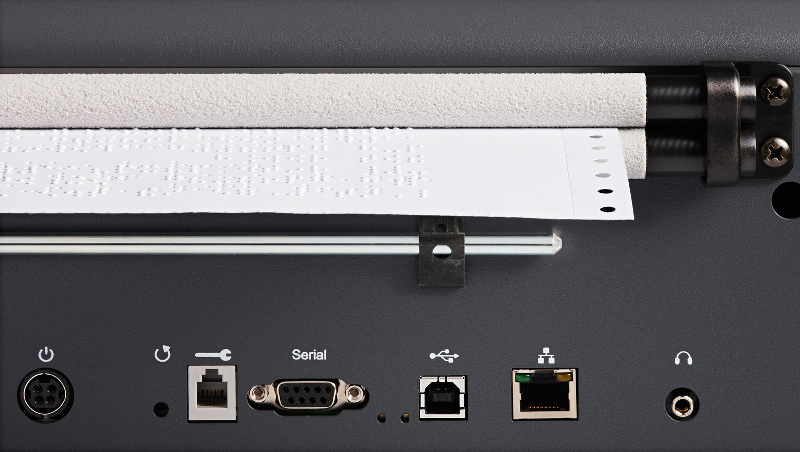

Nearly 12 million people in the UK have a recognised disability, about half of whom are adults of working age. Not only do disabled workers represent a valuable pool of talent for employers, but their access to - and fair treatment within - the workplace is protected by law.
Employers must treat all staff fairly, and companies are required to make reasonable adjustments to the work environment to ensure that staff with disabilities are not disadvantaged. These often relate to accessibility to the workplace itself, but also to the technology needed to perform a job. Assistive technology such as screen readers and specialist input devices have been around for many years, but rapid improvements in technologies such as speech control now make interacting with technology even easier.
Most promisingly, through the advent of smartphones and wearable devices, the latest technology offers tools that can greatly improve life for those with a disability, and technologies of the near future will make things better still. Here we look at what employers need to know, where they can get help, and examine the new technologies that will help disabled employees realise their full potential.
Disabilities and employment law
People with disabilities make up about seven million of the country's 52 million strong potential workforce, and their right to equality of opportunity is protected under the Equality Act 2010, which covers discrimination on the basis of age, gender, disability, marital status, pregnancy, race, belief and sexual orientation. Under the act it's unlawful to discriminate, harass or victimise a person based on any of the above characteristics, a protection which extends both to a company's employees, and to the general public using its services.
Employers must, by law, have an equal opportunities policy and when it comes to employment, they must recruit, manage and promote staff fairly and without discrimination. It's important to note that the Equality Act applies equally to all companies regardless of size and that it extends protection to all employees, and to contractors who provide their services personally - though not to subcontractors.
Specifically regarding disability, employers are required to make 'reasonable adjustments' to ensure workers with disabilities aren't seriously disadvantaged in recruitment or work. These might include supporting a different workplace environment - for example allowing someone with social anxiety disorder to have their own desk rather than a hotdesk - or providing equipment to make it easier for staff with disabilities to interact with technology. Such equipment is often cheap - keyboards with enlarged keys and high-contrast markings cost little more than regular ones - but where cost is an issue, employers can seek grants through the Access to Work scheme.
Get the ITPro daily newsletter
Sign up today and you will receive a free copy of our Future Focus 2025 report - the leading guidance on AI, cybersecurity and other IT challenges as per 700+ senior executives
Regardless of an organisation's legal obligations, employing people with disabilities benefits the business by increasing diversity and experience, and better reflecting the wider community. Disabled staff may bring specialist insight or knowledge that can lead to new opportunities, and valuable skills such as British Sign Language.
Screen readers and input devices
Many varied conditions can affect a person's ability to interact with workplace technology, and a similarly varied number of systems and devices are available to assist. When it comes to computers, we most typically input information via a keyboard and mouse. Even minor injuries can make it hard or painful to control conventional input devices, but simple aids like gel wrist rests, 'ergonomic' keyboards or switching to a trackpad, trackball or touchscreen can help greatly.
Chronic conditions such as arthritis may be helped by 'no touch' keyboards which use optical sensors to prevent pressure on the joints. However, people with motor conditions may need additional assistance. In the case of tremors or a lack of fine muscle control, some users find that additional keypads help with common key combinations, or that they can be used to trigger macros to handle more complex inputs.
Operating systems can help here - for example, Windows offers sticky and toggle keys to simplify multi-key inputs, and key filtering to reduce accidental input. Even so, some users may need more specialist devices, such as a foot-operated mouse, puff/suck switch for mouth control, or even eye-typers: typically these use a camera system to track eye movement and move the cursor, and the user makes a selection with a slow blink.
Computer use can be a significant challenge for people with a visual impairment, but again there are many potential aids built into modern operating systems. Both Windows macOS offer a range of high-contrast visual themes and has built-in magnifier to help enlarge portions of the screen, while iOS and Android have similar features. All three now have built-in narration, literally reading text and describing graphical elements to help people with limited or no vision understand what's on the screen.
People with a visual impairment who cannot hear a screen narrator may be able to use a combined Braille keyboard and refreshable Braille display. While these are comparatively complex and expensive, the latest generation are powered by rechargeable batteries, and can link to a range of devices with USB or Bluetooth connections, making them far more flexible tools. For those who need hard copies - perhaps to create presentation notes - Braille embossers 'print' onto special paper.
Most of the technologies discussed so far have long been available, but while dictation software has also been around for a long time, it's only comparatively recently that speech recognition has evolved to become an effective control and dictation tool. Microsoft first added Windows Speech Recognition to Windows Vista, and while early releases attracted criticism, today it's an effective way to control a computer - provided you're prepared to learn some of the many spoken commands it supports.
Improving technology
So far we've been focused on technology to assist people in the workplace, but for those with disabilities, one recent innovation supports a range of work and social activities in almost any location: since the smartphone went mainstream, it's become an essential companion to many who need additional assistance.
As previously mentioned, smartphones themselves are highly accessible, with screen, narration and input options to match PCs. It's especially easy to control them by voice: since 2011, iPhone and iPad users have been able to ask Siri, Apple's virtual assistant, to help them with tasks like new appointments, emails or text messages, and the following year Google Voice Search became available for Android and iOS. Key to the effectiveness of both is their ability to listen and respond in natural language, rather than relying on keywords. For example, you can ask Google or Siri to 'take me to the nearest train station', 'call John Smith at work', or even 'tell me about the weather tomorrow'.
For some disabled people, a smartphone is a revolutionary aid simply because it can do so many useful things. People with limited vision can ask the phone to navigate them around. Those who struggle with conventional input can dictate emails or other documents, and - if needed - have incoming mails or messages read to them. With the appropriate apps, most phones can work as a flashlight, magnifying glass, mirror, voice recorder, dictation tool, narrator, communicator and help system.
In an interview for sight-loss charity RNIB, blind musician Scott Chesworth explained: "If someone was to have said to me... that I'd be able to record music on my iPhone - it fits in my pocket and is the same device that I'm going to use to send an e-mail and check when my next bus is due - it would have been unthinkable.
"Now it's scratching the surface of what you can actually do with it."
Future watch
The smartphone brings new levels of freedom to disabled people who work, but it doesn't end there. As improving technology delivers better algorithms and machine learning, more processing power, and more specialised input and output devices, the future promises greater assistance and, in turn, greater independence and potential in the workplace. Already, voice control and wearables like the Apple Watch allow powerful but less conspicuous assistance: what else does the future hold?
Two projects offer an exciting insight. In March this year Microsoft previewed its Seeing AI research project, led by blind software engineer Saqib Shaikh. Using Microsoft Cognitive Services, a collection of intelligence APIs that allow Windows 10 systems to "understand and interpret our needs using natural methods of communication", Seeing AI aims to give partially sighted people more ways to interact with the world around them.
In an introductory video, Shaikh demonstrated how his phone could assist him during a restaurant meeting by guiding him to photograph the menu, after which it would identify and read back the options. Paired with Pivothead camera glasses, it could also help him identify the emotions of colleagues during a meeting, and even recognise and interpret the actions of passersby - offering insight such as "I think it's a young girl throwing an orange Frisbee in the park".
Seeing AI is still in development, but an Israeli company called OrCam is already shipping a product with a similar aim. MyEye pairs a camera that clips on to any pair of glasses with a dedicated computer that interprets and describes what the camera is seeing. Currently the system can recognise text, and identify those faces and products it has previously been taught, helping people with impaired vision better identify colleagues, read printed material or recognise particular items within the office.
"Where we want to get is complete visual understanding at the level of human perception such that if you are disorientated you can start understanding what's around you," co-founder Amnon Sashua told CNN Money. "For example; where's the door? The door is there. Where's the window? Where's an opening in the space around me?"
Push things forward
Technology is a particularly exciting area for organisations like sight-loss charity RNIB. Its annual Techshare conference, which this year ran from 15-16 September at the Glasgow Science Centre, showcases the latest products and developments in assistive technology. Of particular interest is the role of AI, and how improved machine learning and recognition might assist blind and partially sighted people further.
"We have a number of exciting newer tech companies that are being really innovative in the area of accessible products, particularly when it comes to using AI," said Robin Spinks, senior strategy manager at RNIB Solutions. "From glasses that can recognise faces or text at the point of a finger, to shoes that use vibrations to direct the wearer in a pre-set direction, the future of assistive technology is very exciting."
Among the future innovations Spinks points to is the advent of driverless cars. While there's clearly a long way to go before cars can safely - and legally - drive themselves in the UK, the potential benefit to people whose disabilities currently prevent them driving is clear. For many workers a self-driving car not only provides an alternative means of commuting or travelling for business, but it could open up access to jobs that depend heavily on vehicle use, such as mobile sales.
Another field with the potential to improve access to the workplace is robotics, both through improved prosthetics, and devices such as exoskeletons. While the latter may sound like science fiction, American company ReWalk is already marketing the sixth version of its 'personal exoskeleton'. Designed primarily to help people with spinal cord injuries, ReWalk Personal uses computer controlled, battery powered external joints to support the hips and knees, and enable activities such as standing, walking and even using the stairs - again, potentially allowing someone to get or retain certain jobs after a major injury.
In 2015, the US Defense Advanced Research Projects Agency (DARPA) announced it had created a modular robotic arm that could be configured according to how much of the recipient's own limb was missing. When fitted, the arm is connected directly to the motor and sensory cortices of the wearer's brain and is controlled by thought. It's also able to return touch-like sensations, giving its wearer the potential to engage in more delicate work.
Employees with disabilities have much to offer, and employers have a legal duty to provide reasonable assistance with the technology they might need to do their job - there's excellent, detailed guidance available in the Gov.uk publication Employing disabled people and people with health conditions. While assistive technology in the office previously focused on helping staff operate work computers, today's mobile devices are inherently more accessible, and themselves provide new types of assistance such as navigation.
Looking to the future, increased intelligence in machines will not only make work interactions easier - for example through recognising faces and emotions - but may open up new career choices for those whose disabilities currently prevent them achieving their full potential.
After a brief career in corporate IT, Simon Handby combined his love of technology and writing when he made the move to Computer Shopper magazine. As a technology reviewer he's since tested everything from routers and switches, to smart air fryers and doorbells, and covered technology such as EVs, TVs, solar power and the singularity.
During more than 15 years as Shopper's long-time printer reviewer, Simon tried, tested and wrote up literally hundreds of home, small office and workgroup printers. He continues reviewing smart products and printers for a variety of publications, and has been an IT Pro contributor since 2010. Simon is almost never happier than when surrounded by printers and paper, applying his stopwatch and a seasoned eye to find the best performing, best value products for business users.
-
 Why are many men in tech blind to the gender divide?
Why are many men in tech blind to the gender divide?In-depth From bias to better recognition, male allies in tech must challenge the status quo to advance gender equality
By Keri Allan
-
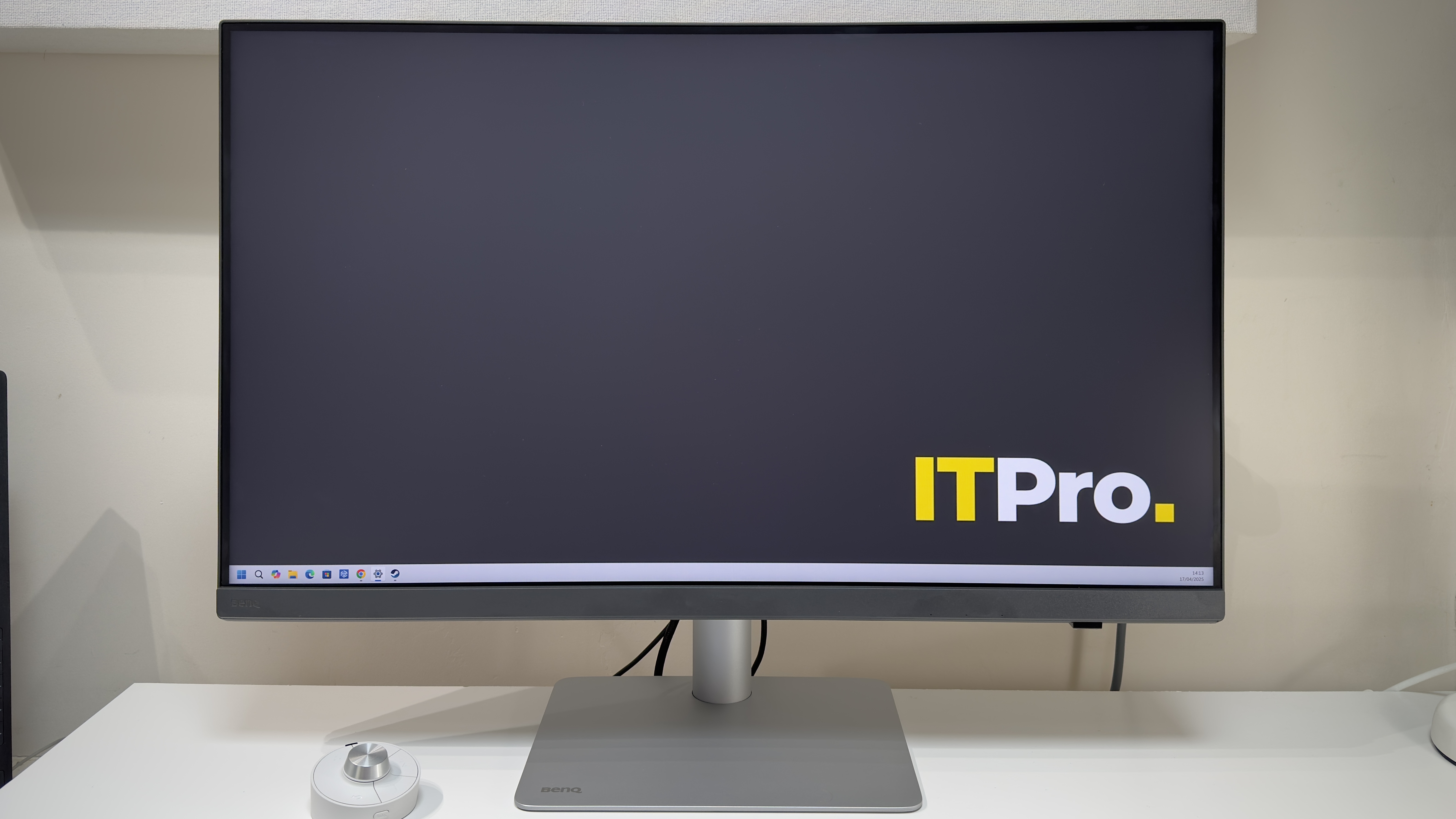 BenQ PD3226G monitor review
BenQ PD3226G monitor reviewReviews This 32-inch monitor aims to provide the best of all possible worlds – 4K resolution, 144Hz refresh rate and pro-class color accuracy – and it mostly succeeds
By Sasha Muller
-
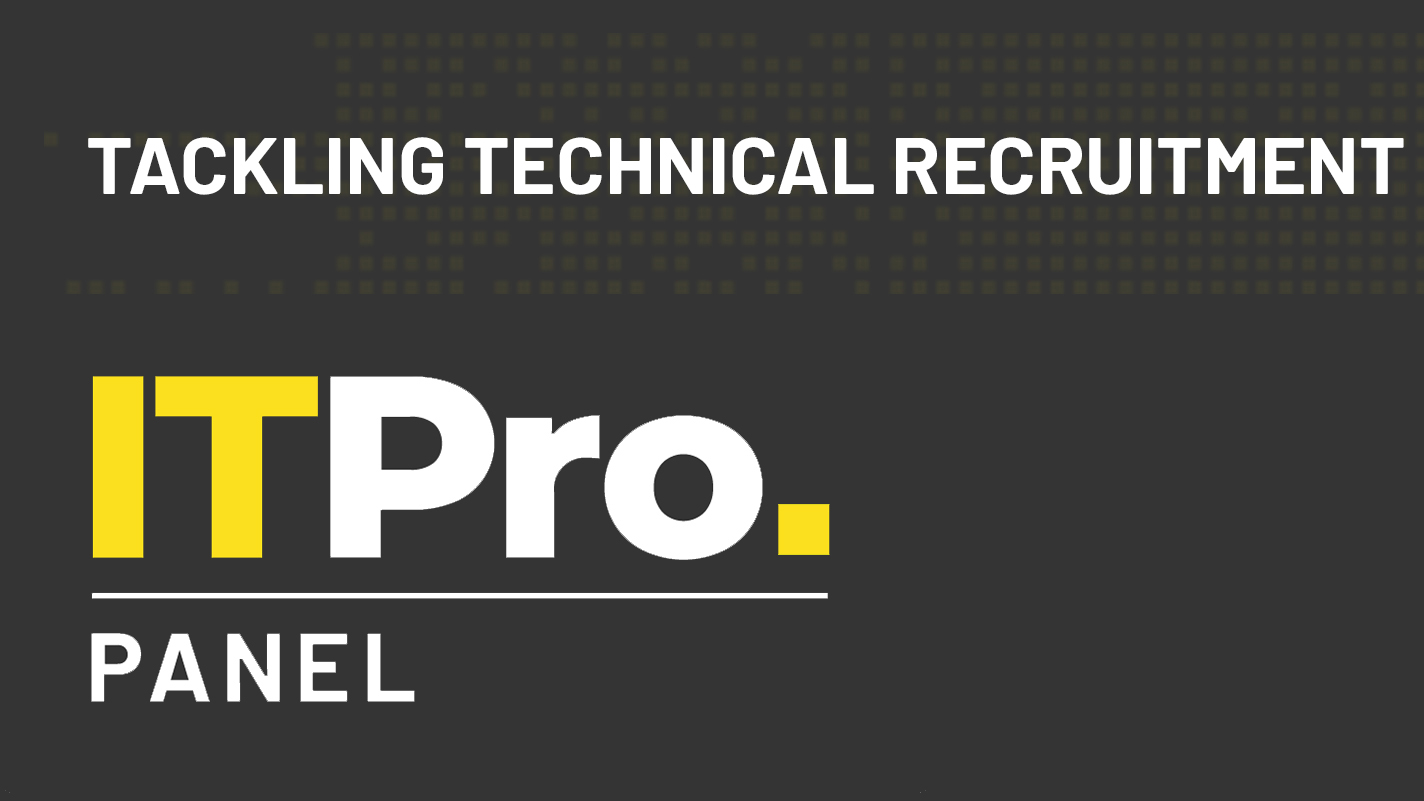 IT Pro Panel: Tackling technical recruitment
IT Pro Panel: Tackling technical recruitmentIT Pro Panel With the recruitment market shifting, how can businesses both retain their best staff and fill gaping talent shortages?
By Adam Shepherd
-
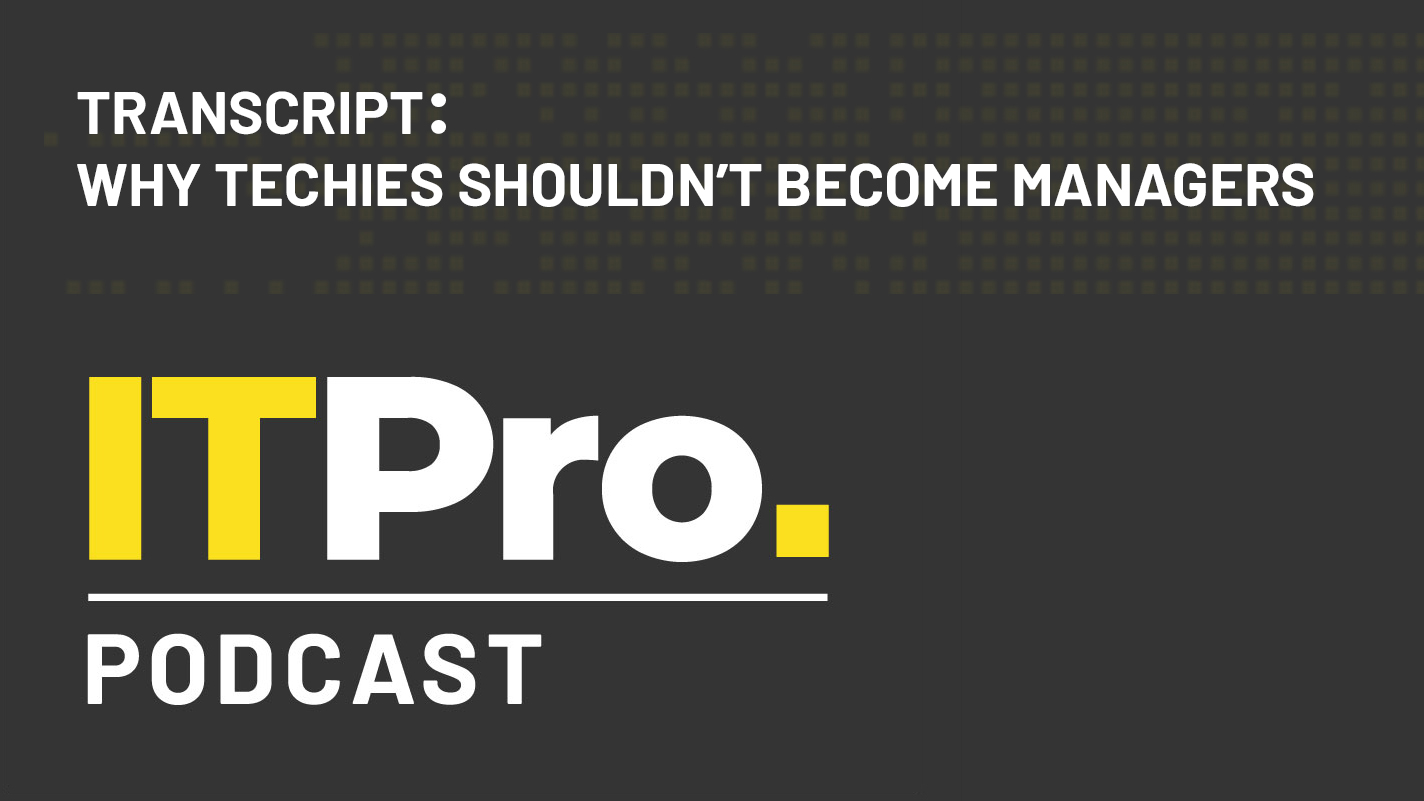 Podcast transcript: Why techies shouldn’t become managers
Podcast transcript: Why techies shouldn’t become managersIT Pro Podcast Read the full transcript for this episode of the IT Pro Podcast
By IT Pro
-
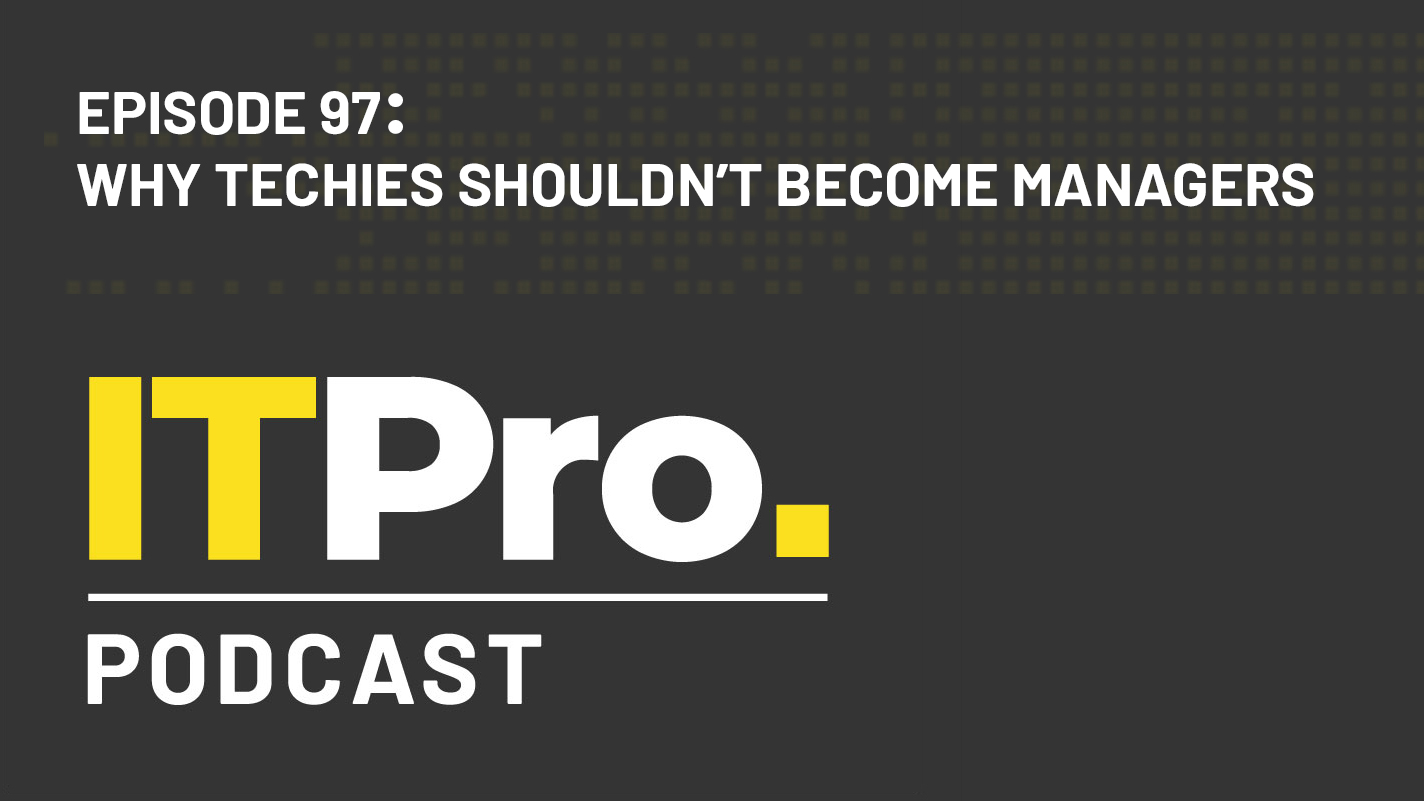 The IT Pro Podcast: Why techies shouldn’t become managers
The IT Pro Podcast: Why techies shouldn’t become managersIT Pro Podcast Managing people is a completely different skillset to managing technology - so why do we keep pushing people from one to the other?
By IT Pro
-
 Podcast transcript: How umbrella companies exploit IT contractors
Podcast transcript: How umbrella companies exploit IT contractorsIT Pro Podcast Read the full transcript for this episode of the IT Pro Podcast
By IT Pro
-
 The IT Pro Podcast: How umbrella companies exploit IT contractors
The IT Pro Podcast: How umbrella companies exploit IT contractorsIT Pro Podcast Is tighter regulation needed to stop workers from being cheated out of earnings?
By IT Pro
-
 Data scientist jobs: Where does the big data talent gap lie?
Data scientist jobs: Where does the big data talent gap lie?In-depth Europe needs 346,000 more data scientists by 2020, but why is the gap so big?
By Zach Cooper
-
 Four tips for effective business collaboration
Four tips for effective business collaborationOpinion Collaboration is about more than just removing office walls
By Esther Kezia Thorpe
-
 IT Pro Panel: The truth about talent
IT Pro Panel: The truth about talentIT Pro Panel Why is it still so hard to find good people?
By Adam Shepherd